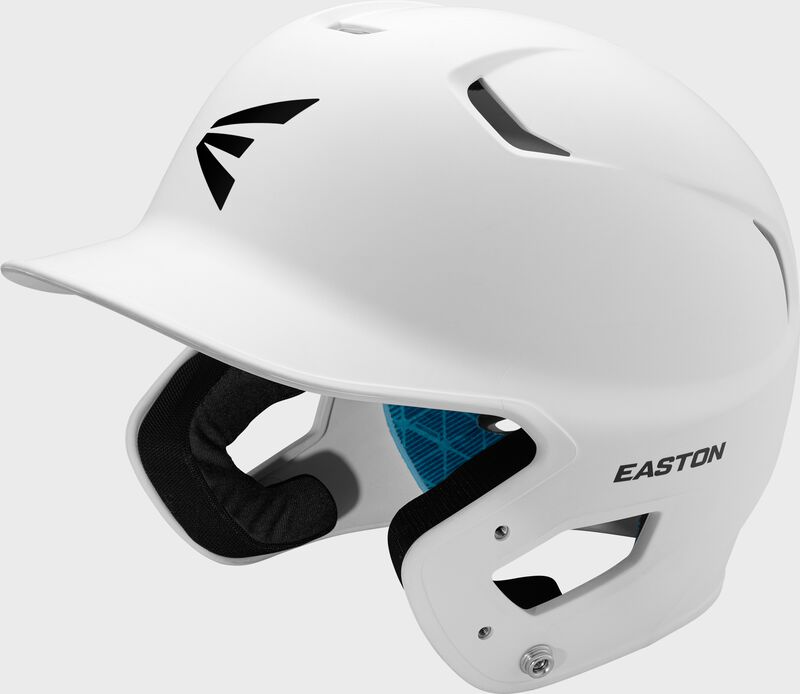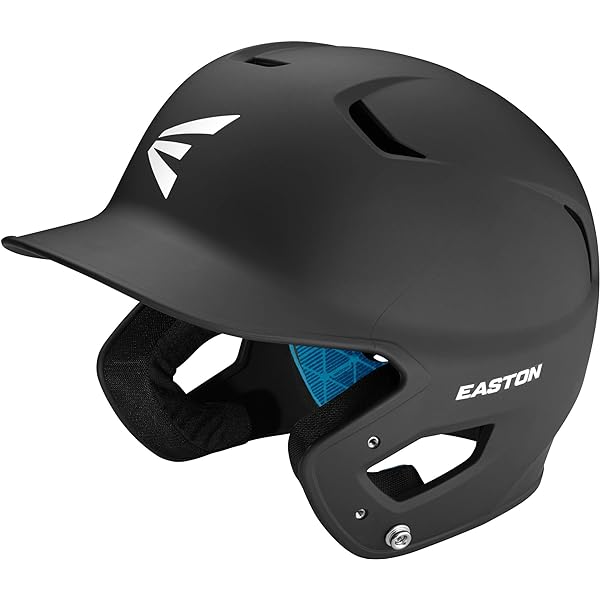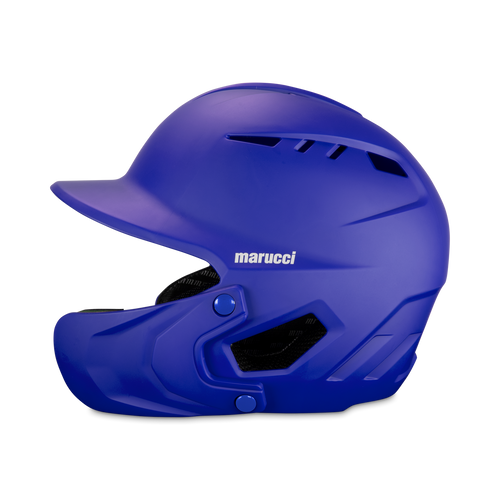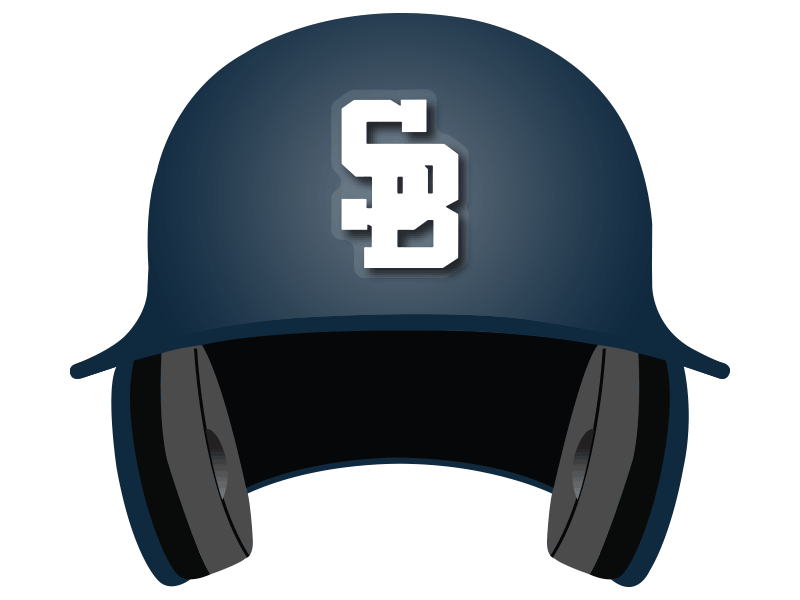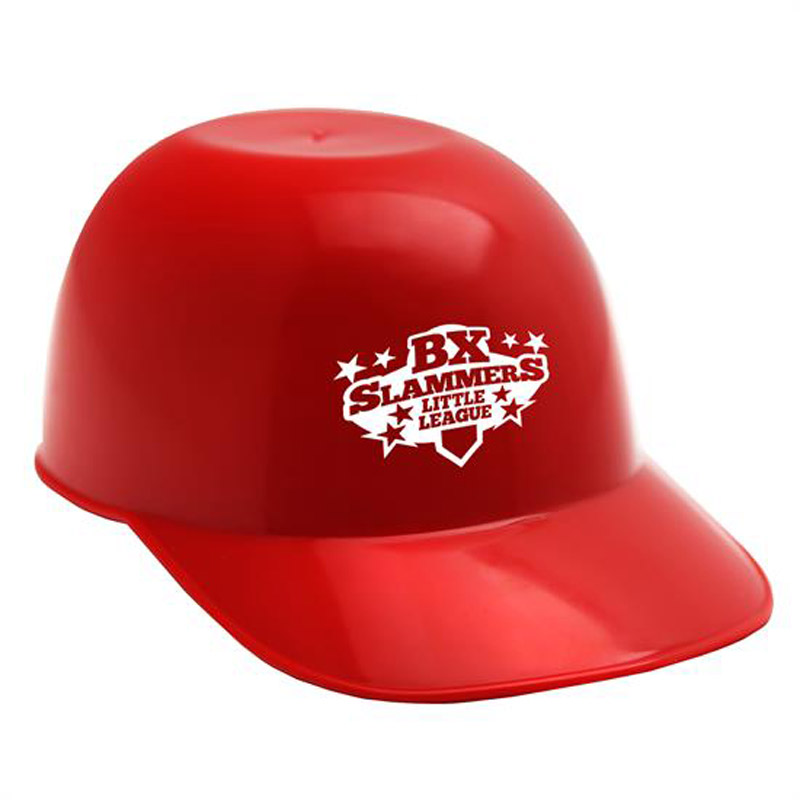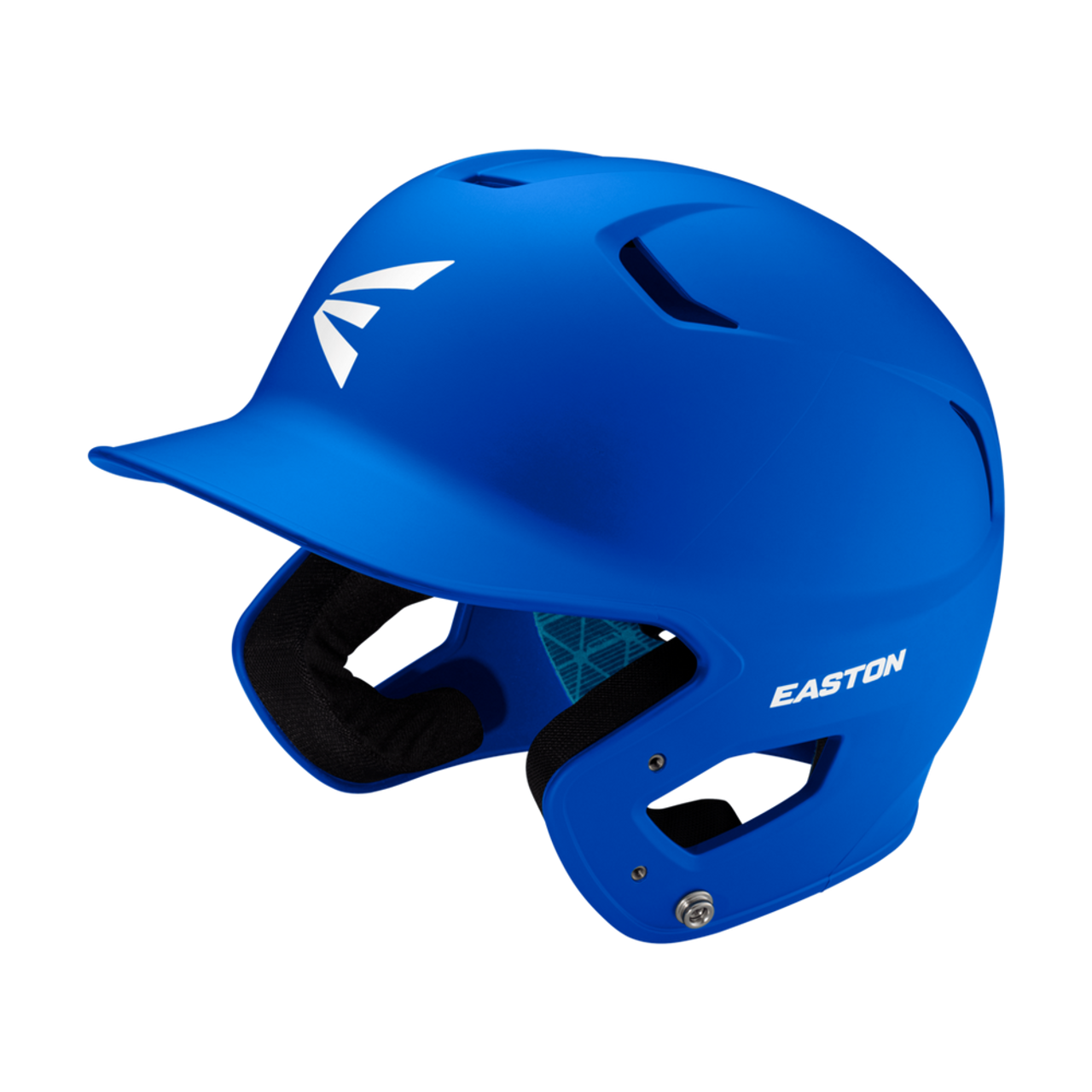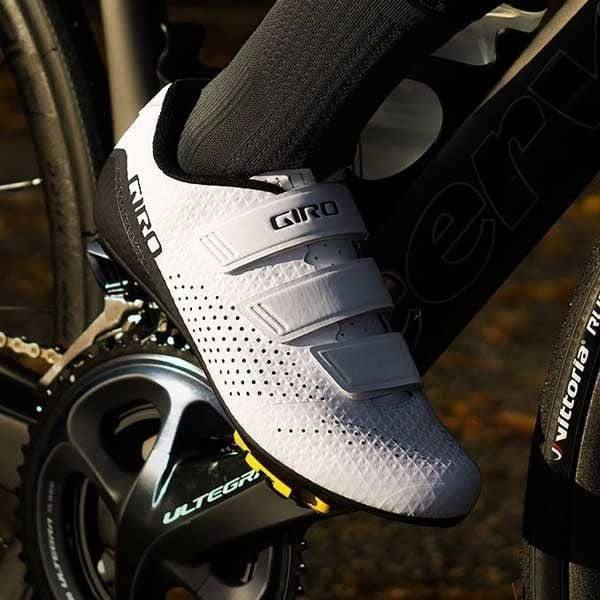Introduction
In the world of sports, athlete safety has always taken precedence. One sport that particularly emphasizes player safety is baseball. Among the array of safety gear, the baseball helmet stands out as one of the most crucial pieces. From the little leagues to the professional MLB, the baseball helmet is an essential component. Helmets help prevent serious injuries and ensure the protection of players.
Historical Evolution of Baseball Helmets
The Early Days
In the early days of baseball, the concept of protective gear was rather foreign. Players would take to the field with minimal protection. As a result, head injuries were commonplace. There was no standard regarding player safety. During this period, injuries were taken as part of the sport. However, as the popularity of the sport grew, so did the concern for player safety.
The first notable step towards safety came in the 1940s. This was when primitive forms of helmets started appearing in games. These early designs were rudimentary at best. Made from leather, they offered minimal protection. They were better than nothing but still insufficient.
The 1950s – A Turning Point
The 1950s marked a significant turning point for baseball helmets. It was during this era that the first comprehensive designs were introduced. These helmets were made using hard plastic. Compared to their leather counterparts, they provided significantly better protection. Many fans and players initially resisted the change, but the increased safety could not be ignored. The implementation of these helmets began slowly. Over time, their efficacy in preventing injuries became apparent.
Modern-Day Helmets
Today, baseball helmets come equipped with state-of-the-art technology. Modern helmets are designed not just for protection but also for comfort and aerodynamics. Advances in material science have allowed for the creation of helmets that are both lightweight and incredibly sturdy. These helmets can absorb significant impact without causing harm to the wearer. Additionally, improved ventilation systems ensure that players remain comfortable even during extended periods of wear. Many modern helmets also come with faceguards and other protective attachments. This ensures that players are protected from all angles.
Design and Features of Modern Baseball Helmets
Core Components
Modern-day baseball helmets consist of several key components. First, there is the outer shell. Typically made from polycarbonate, this provides the primary layer of protection. This material is incredibly durable and can withstand high impact forces. Next, there is the inner padding. Made from materials like foam and gel, this is crucial for absorbing shock. The padding ensures that any impact force is distributed evenly. This minimizes the risk of concussions and other head injuries.
Ventilation
Ventilation is another critical feature of modern helmets. Baseball is often played in hot and humid conditions. Without proper ventilation, helmets can become unbearable to wear. Most modern helmets come with strategically placed vents. These vents allow air to circulate and keep the player’s head cool. Improved airflow not only increases comfort but also helps in maintaining focus and performance. Certain advanced designs even incorporate moisture-wicking liners to further enhance comfort.
Faceguards and Attachments
Over the years, additional protective attachments have become common. One notable example is the faceguard. Made from metal or reinforced plastic, faceguards provide extra protection for the face. This is especially useful for younger players who might be less experienced. Ear guards are another common attachment. These protect the ears from being struck by the ball. With each passing year, new innovations and designs make these attachments more effective and user-friendly.
The Importance of Proper Fit
Why Fit Matters
Ensuring that a baseball helmet fits properly is of utmost importance. An ill-fitting helmet can do more harm than good. If a helmet is too loose, it can easily shift during play. This exposes the player to potential injuries. Conversely, a helmet that is too tight can be uncomfortable and distracting. It can also cause headaches and reduced focus.
How to Ensure Proper Fit
To ensure a proper fit, several steps should be taken. First, measure the circumference of the player’s head. Helmets usually come in a range of sizes based on head circumference. It is essential to choose the correct size. Next, position the helmet correctly on the head. The brim should rest just above the eyebrows. The helmet should sit evenly without tilting forward or backward. During fitting, adjust the chin strap so that it is snug but not tight. The strap plays a crucial role in keeping the helmet in place.
The Role of Coaches and Parents
Coaches and parents play a pivotal role in ensuring proper helmet fit. They should be proactive in checking and adjusting the helmets of younger players. Regular checks are necessary to accommodate growth and changes. As players grow older, they should be educated on the importance of a proper fit. Instilling these habits early on can prevent future injuries.
The Psychological Impact of Wearing Helmets
Building Confidence
Wearing a helmet goes beyond physical protection. It also has a psychological impact. Players, especially younger ones, often feel more confident when they know they are protected. This boost in confidence can translate to better performance on the field. When players do not worry about potential injuries, they can focus more on their game. This mental security is as crucial as physical safety.
Reducing Anxiety
Baseball can be an anxiety-inducing sport, especially for beginners. The fear of getting hit by a ball can be overwhelming. Wearing a helmet reduces this fear significantly. Knowing that their head is protected allows players to stay composed. This reduction in anxiety can lead to more relaxed and focused play.
Baseball Helmets in Youth Leagues
Special Considerations for Youth Players
Youth leagues place a significant emphasis on safety, given the developing nature of young players. However, there is much more to consider apart from just size and fit. For one, material quality is crucial because children are still developing physically, and a minor injury can have long-term impacts.
Selecting the Right Helmet
Youth league helmets have additional padding and are designed to be more impact-resistant. When selecting a helmet for a young player, it’s essential to look at various factors such as comfort, durability, and certification. Always ensure the helmet meets the current NOCSAE standards. This group tests and certifies helmets for their safety and effectiveness.
Educating Youth Players
Most injuries in youth baseball are preventable. Educating young players about the importance of wearing helmets correctly is necessary. Coaches and parents should instill good habits early on. The emphasis should be on the importance of protective gear and its role in ensuring safety.
The Regulation and Standards of Baseball Helmets
Governing Bodies
Several governing bodies are responsible for setting and enforcing helmet safety standards. The National Operating Committee on Standards for Athletic Equipment (NOCSAE) is perhaps the most influential. NOCSAE sets performance and testing standards for virtually every type of sports helmet. Another key player is the American Society for Testing and Materials (ASTM). These standards ensure high levels of safety and efficacy.
The Testing Process
The testing process for baseball helmets is rigorous. Helmets are subjected to a series of impact tests. These tests simulate game conditions to ascertain how well the helmets can protect against injuries. Helmets must pass these tests to be deemed safe for use. They are evaluated for their ability to withstand impact and distribute force. Additionally, factors like the durability of padding and the effectiveness of ventilation systems are also assessed.
Ongoing Developments and Innovations
Helmet technology is continually evolving. Manufacturers are always researching new materials and technologies to enhance safety. Innovations such as impact sensors and smart helmets offer promising future developments. These advancements aim to provide even greater levels of protection.
Conclusion
In conclusion, the baseball helmet is an indispensable component of player safety. From its humble beginnings in the 1940s to the technologically advanced designs of today, it has undergone significant evolution. Modern helmets offer comprehensive protection, combining durability, comfort, and aerodynamics. Proper fit, the role of coaches and parents, and the psychological benefits all contribute to its importance. Regulatory standards ensure that these helmets provide high levels of safety. As technology continues to advance, the future holds promising new developments for even greater protection. Ensuring the widespread and correct use of helmets will continue to play a crucial role in the safety and well-being of baseball players worldwide.
